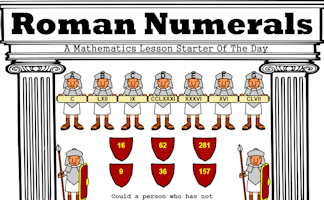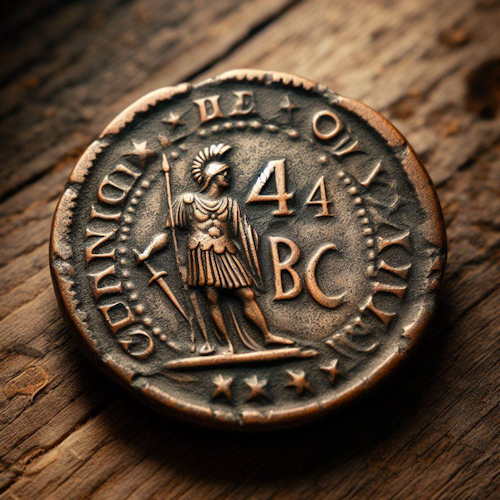|
|

68 can be reduced to 1 by using only the number four key and any of the operation keys.
For example:
68 - 4 = 64
64 ÷ 4 = 16
16 ÷ 4 = 4
4 ÷ 4 = 1
How many other numbers can be reduced to 1 using only the four key and any of the operation keys?

|
|

68 can be reduced to 1 by using only the number four key and any of the operation keys.
For example:
68 - 4 = 64
64 ÷ 4 = 16
16 ÷ 4 = 4
4 ÷ 4 = 1
How many other numbers can be reduced to 1 using only the four key and any of the operation keys?
Topics: Starter | Arithmetic | Calculator | Investigations | Number
How did you use this starter? Can you suggest
how teachers could present or develop this resource? Do you have any comments? It is always useful to receive
feedback and helps make this free resource even more useful for Maths teachers anywhere in the world.
Click here to enter your comments.
Previous Day | This starter is for 15 March | Next Day
Sign in to your Transum subscription account to see the answers
Your access to the majority of the Transum resources continues to be free but you can help support the continued growth of the website by doing your Amazon shopping using the links on this page. Below is an Amazon link. As an Amazon Associate I earn a small amount from qualifying purchases which helps pay for the upkeep of this website.
Educational Technology on Amazon

|
Teacher, do your students have access to computers such as tablets, iPads or Laptops? This page was really designed for projection on a whiteboard but if you really want the students to have access to it here is a concise URL for a version of this page without the comments: Transum.org/go/?Start=March15 However it would be better to assign one of the student interactive activities below. |
|
Here is the URL which will take them to a related student activity.
See the National Curriculum page for links to related online activities and resources.
The 15th March is referred to as the 'ides of March' in a Shakespeare play. The date was notorious as the date of the assassination of Julius Caesar in 44 BC. The death of Caesar made the Ides of March a turning point in Roman history.
You can find more about the word ides in the comments of the Roman Numerals Starter.

A coin bearing the year 44 BC was discovered last year using a metal detector, with the date still legible. How can one be absolutely certain that the coin is fake?
